Kazakh national currency tenge celebrates 29 years

The national currency of Kazakhstan, the tenge, was introduced on November 15, 1993. The National Bank of Kazakhstan is the sole issuer of the national currency on the territory of the country.
What is the history behind tenge?
The introduction of the national currency was preceded by events related to the difficulties in the monetary circulation of the former Soviet republics. In July 1993, the Central Bank of Russia carried out a monetary reform, withdrawing the Soviet rubles from circulation, and exchanging them for new Russian banknotes.
With the collapse of the old ruble zone, the flow of Soviet rubles poured into former Soviet republics, including Kazakhstan. Prices skyrocketed and money depreciated, leading to hyperinflation and a decline in people's living standards.
The decision to introduce its own national currency became the key for the young country in its transition to a new stage of economic development.
On November 3, 1993, First President Nursultan Nazarbayev issued a decree to create a state commission for the introduction of the national currency. It included members of the government and the chairman of the National Bank. This was preceded by months of work of a group of artists - Timur Suleimenov, Agimsaly Duzelkhanov, Khayrolla Gabzhalilov and Mendybay Alin.
The name for the Kazakh currency was also not chosen immediately. The commission had a choice between several options, including «aksha» (money), «altyn» (gold), «som» (pure), and «sum» (pure). «Tenge» option was eventually chosen, it is formed from the words «dengue» and «tanga», which are the names of small Turkic coins.
Approving the name, design and size was one task, but printing was another one. Because Kazakhstan at that time did not have its own factory, the first banknotes in denominations from one to 100 tenge were printed by the London factory Harrison & Sons.
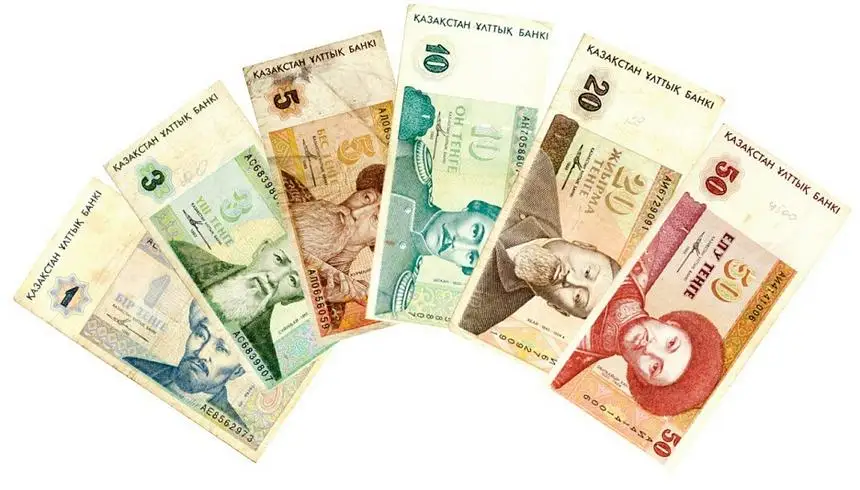
All the work was carried out in the strictest secrecy to prevent the dissemination of information and subsequent speculation related to money circulation.
To store the first batch of money, special underground warehouses were prepared. The first batches of banknotes were delivered by direct flights from London to Kazakhstan by four Il-76 aircraft, which made 18 flights to London and back in a week.
It took just eight days for Kazakhstan to deliver newly printed banknotes to all banks in the country.
The decree to introduce tenge was signed on November 15, 1993, and at the time the tenge was put into circulation, the exchange rate was 1 tenge per 500 rubles (4.75 tenge per $1).

The first banknotes depicted significant personalities of Kazakhstan such as Abu Nasr Al-Farabi, Suyunbai Aronuly, Kurmangazy, Shokan Ualikhanov, Abai Kunanbayev, Abulkhair khan and Abylai khan.

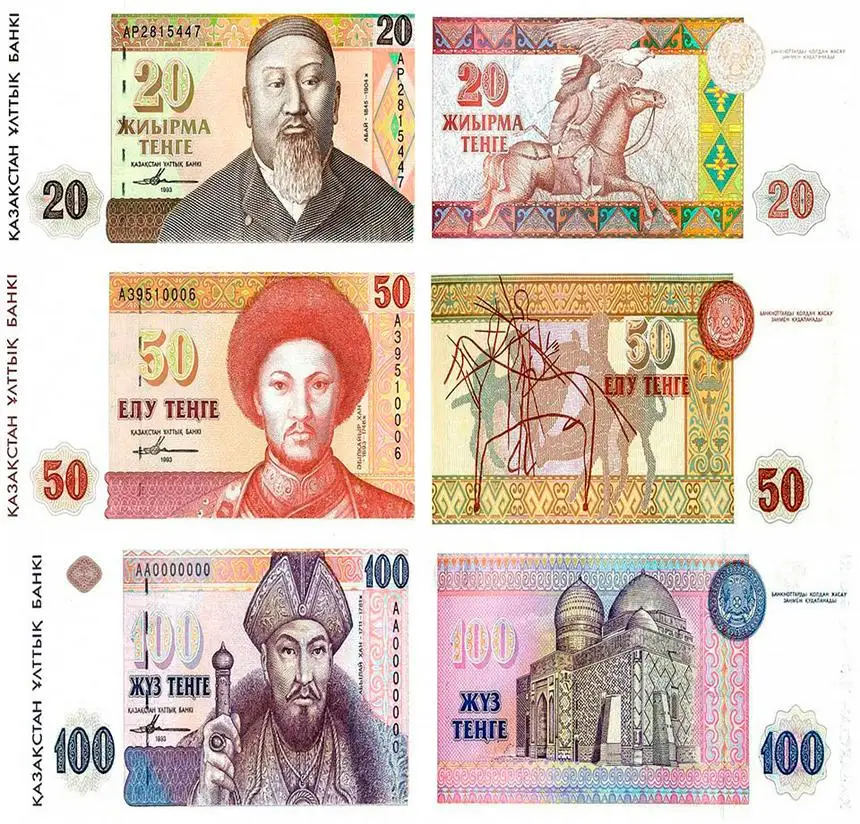
Design of tenge
Over the years, the design of tenge banknotes has been repeatedly changed. One of the milestones was in 2006, when the National Bank of Kazakhstan held a competition to draw the tenge symbol. The winner was chosen out of 30,000 options.
In 2006, the decision was also made to introduce new banknotes with denominations from 200 to 10,000 tenge: the drawing on one side was printed vertically, and on the other – horizontally. Another significant change was to eliminate portraits of specific personalities from banknotes, instead, they were replaced by monuments of architecture and nature in Kazakhstan.
Kazakhstan’s Mint
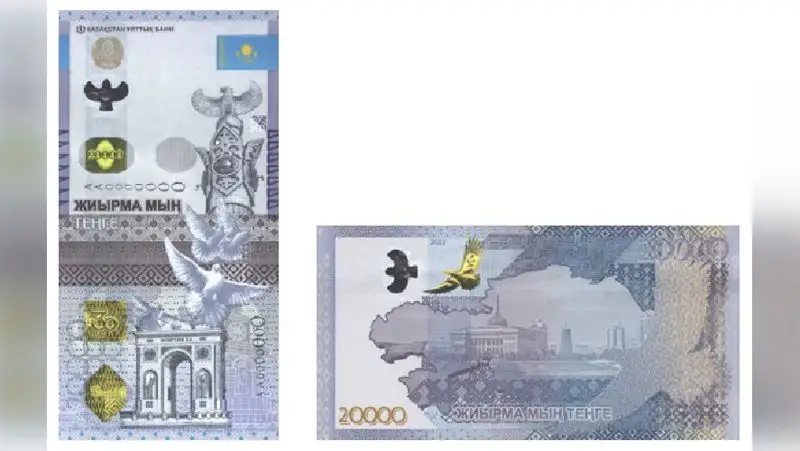
Kazakhstan Mint of the National is an official maker of Kazakhstan’s coins. It was opened in Ust-Kamenogorsk in 1998, before that, common coins were minted in Germany.
The enterprise uses all methods in production, including casting, rolling, striking, cutting, and application of numerous coatings.
«The technology is the minting of coins with subsequent artistic processing. For this, enameling, selective gilding, and antique oxidation are used. Gems can be inserted into the products, which transform the medal or coin into a work of art. Pad and digital printing are also used for decorative purposes. And the presence of an accredited laboratory for the examination of precious metals guarantees the quality and purity of precious metals, which are used for the manufacture of coins and other products of the Kazakhstan Mint,» reads the statement from the country’s mint.
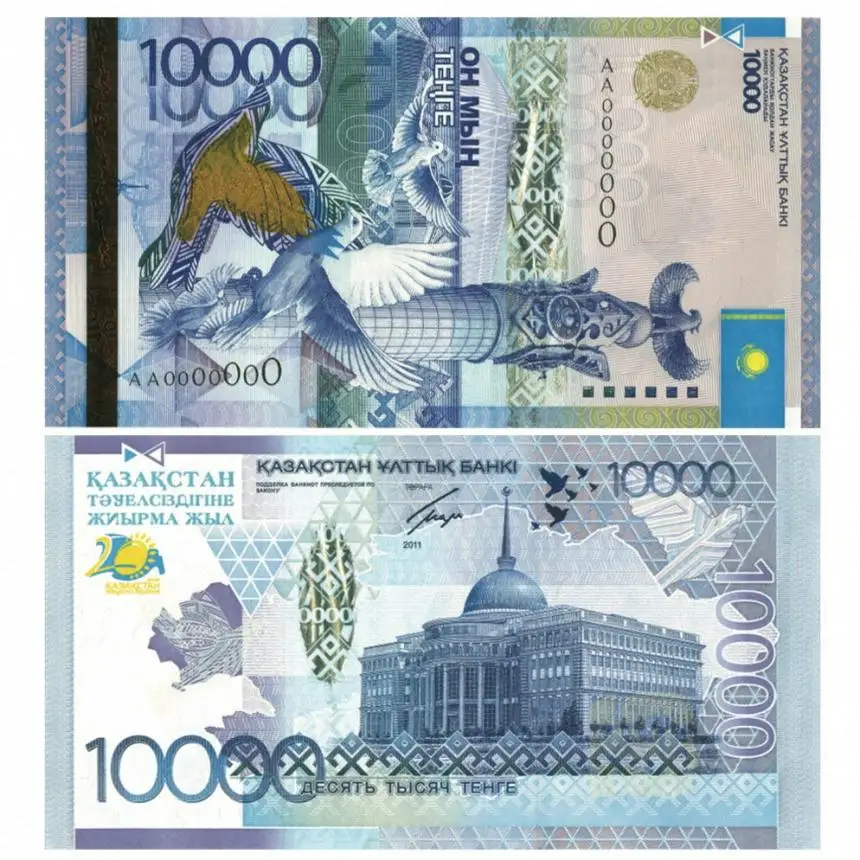
Specialists also use technologies such as micro text, milled edge, edge lettering, and hidden holographic image to protect against counterfeiting.
Each stamp can mint from 5 to 30 coins on average.
«The coin design is first drawn on a computer. Then it all goes to the sculptor, who makes a plaster model. Then silicone is cast, so you can always duplicate it in case of breakage, through a scanner and equipment. And all this is already digitally transferred onto a steel matrix,«said National Bank Chief Designer Almat Basenov.
At each stage, everything is very carefully processed and engraved. Small scratches and any defects are removed.
Surprisingly, there is strong competition between mints of countries around the world in terms of design and production technology.
For example, Kazakhstan’s mint was the first in the world to use tantalum, a rare-earth metal, which does not exist in pure form in nature.
«At the same time, it is actively used in the aerospace sphere. But not any country in the world works with it for coin production, because it is hyper-elastic and its application is technologically complicated. For instance, because of its softness and elasticity, it sticks to the stamping tool. There are many other nuances to consider when using tantalum,» said Basenov.
For Kazakhstan, it was when the idea matched the available technology. The decision to try tantalum in coin production came up when the country was developing the topic of space exploration. The fact that this metal is produced at the Ulba Metallurgical Plant in Ust-Kamenogorsk just made the task easier.



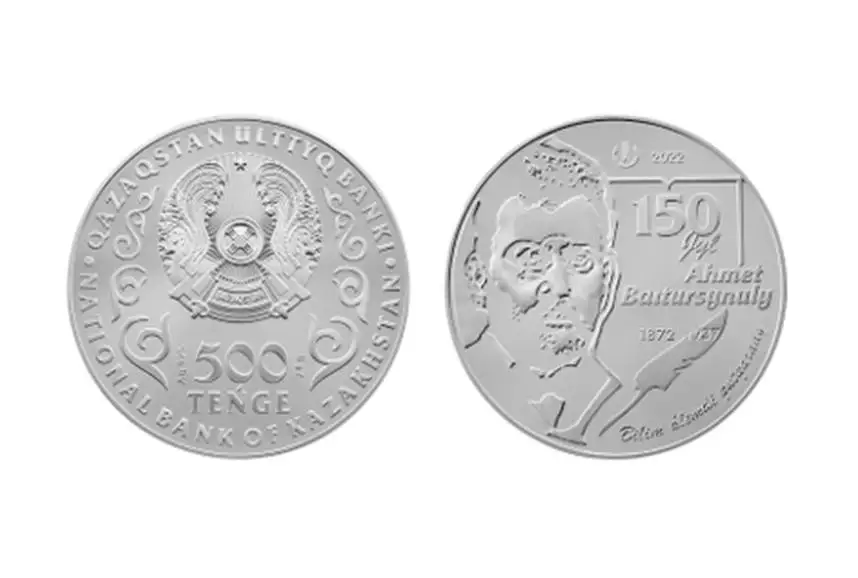
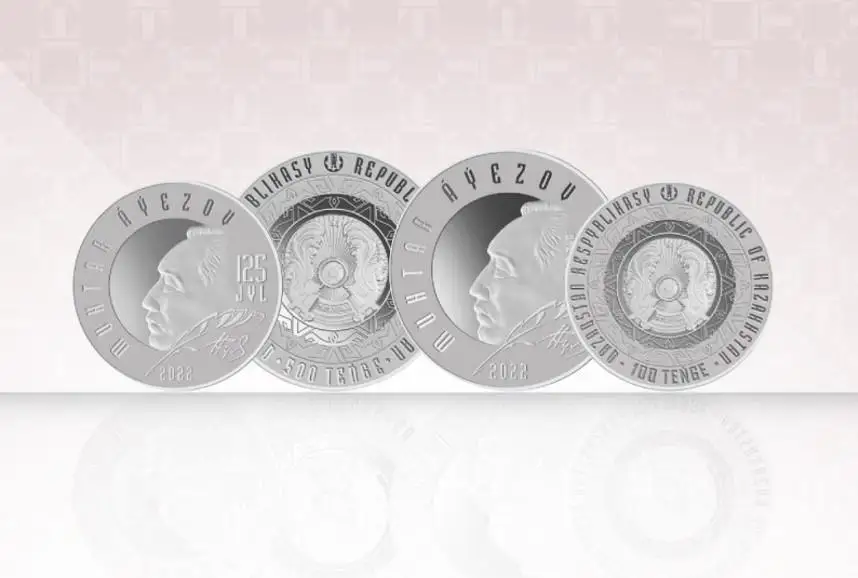
Different types of coins
The National Bank of Kazakhstan issues coins of the national currency of three types: circulation, bullion and collectible coins.
Circulation coins are made of base metal alloys and are intended for everyday use by people.
Bullion coins (investment coins) are made of precious metals (gold and silver) of the highest grade and are designed to preserve and increase funds. Their profitability depends on the cost and weight of the metal.
Collectible coins are made in small quantities of precious (gold and silver) and non-precious (cupronickel and nickel silver) metals. They are intended for collecting and developing the numismatic (secondary) market. Some are dedicated to anniversaries and memorable dates, and historical events, including the 30th anniversary of Kazakhstan's membership in the United Nations and in honor of Talgat Begeldinov and Manshuk Mametova, as well as Akhmet Baitursynov and Mukhtar Auezov.
«There are several reasons that explain the value of a coin gift. For example, any one of them is a gift of increasing value. When you give the gift of a coin from any series, you can rest assured that its value will only increase every year. The whole point is that each issue has a mintage, which cannot be increased beyond the stated quantity for any reason,» explained Basenov.
If the National Bank of Kazakhstan declares 3,000 coins of one type, numismatists would want to get at least one of the 3,000 coins in their collection.
«Those who have it, know about it, offering the market at a price much higher than its original value,» he added.
In case the mintage is over-issued or increased from the stated mintage, collectors will be unable to determine how many times the price of a coin can increase and whether it is worth considering as an investment opportunity. Basenov called it a «delicate matter.»
Indeed, national currencies are not only the means of transactions. They can tell a bigger story about a nation. Currency and coins are part of a country's image, conveying a piece of history and culture to the world.
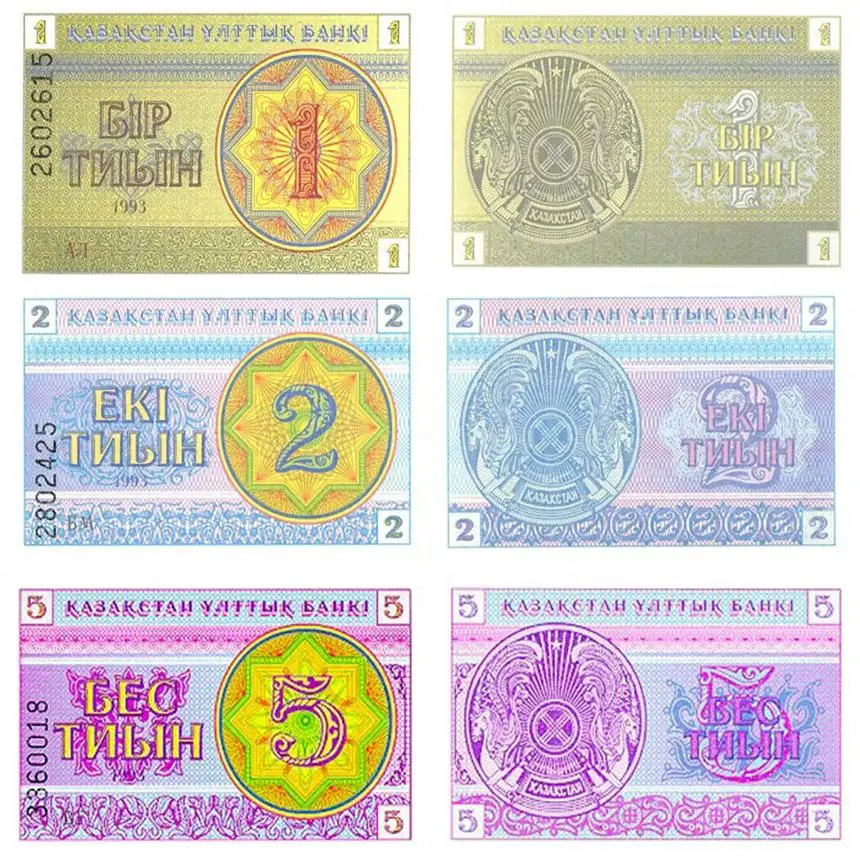
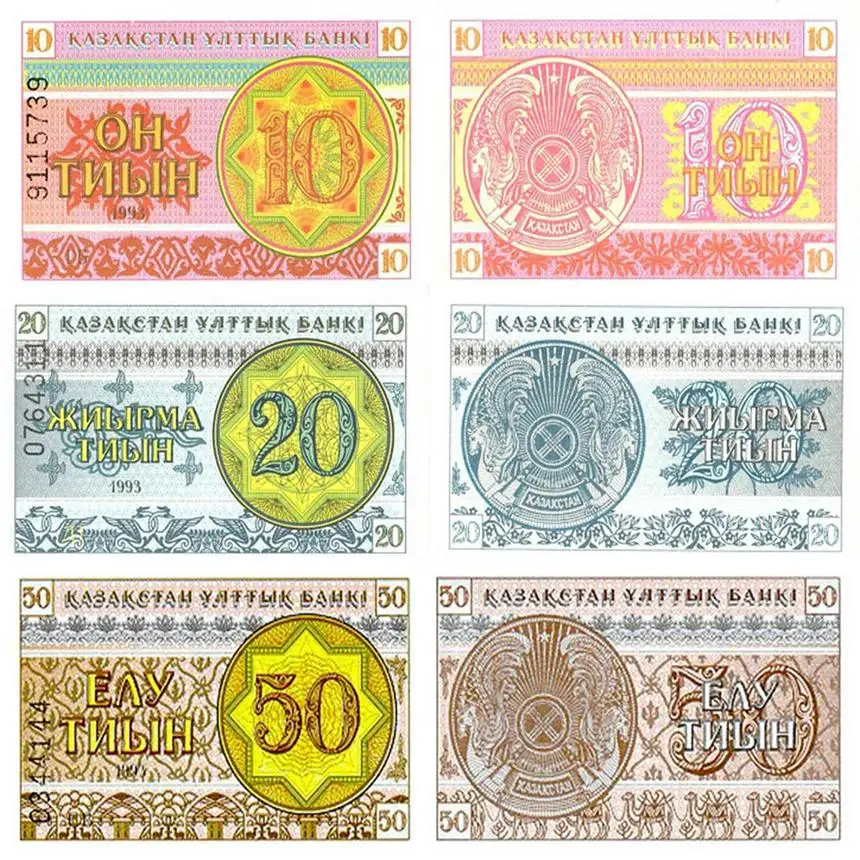
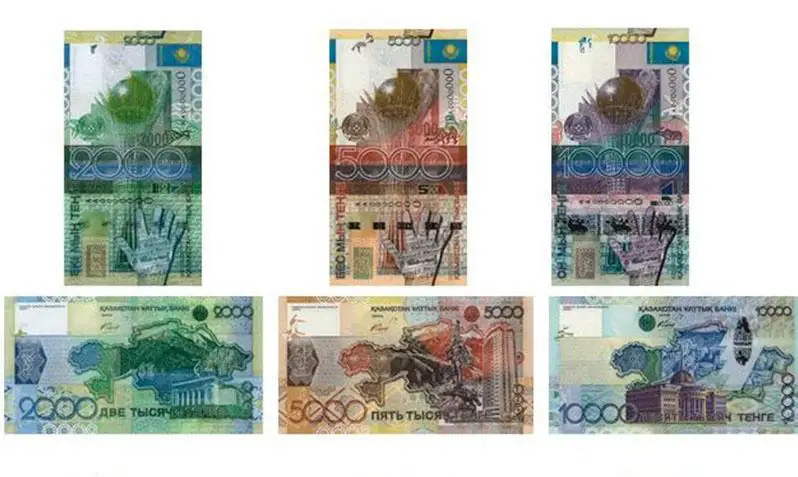





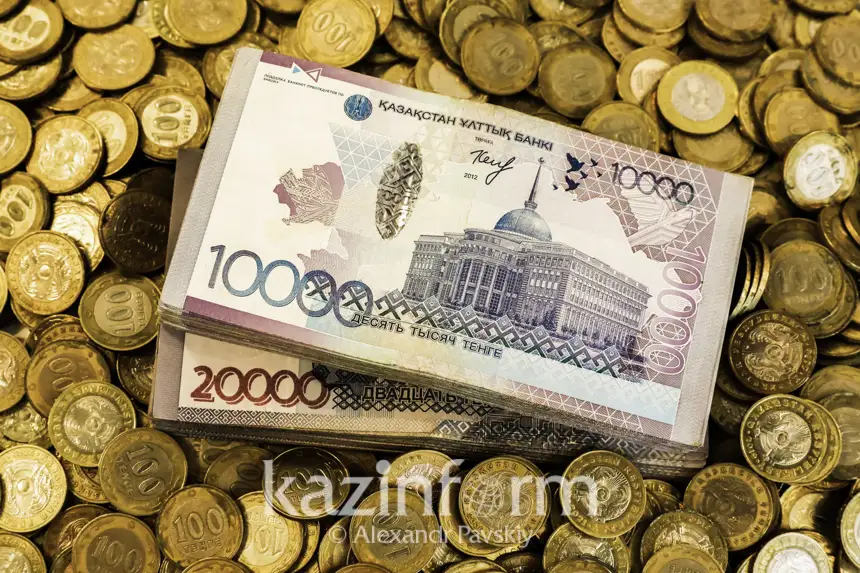
Written by Assel Satubaldina